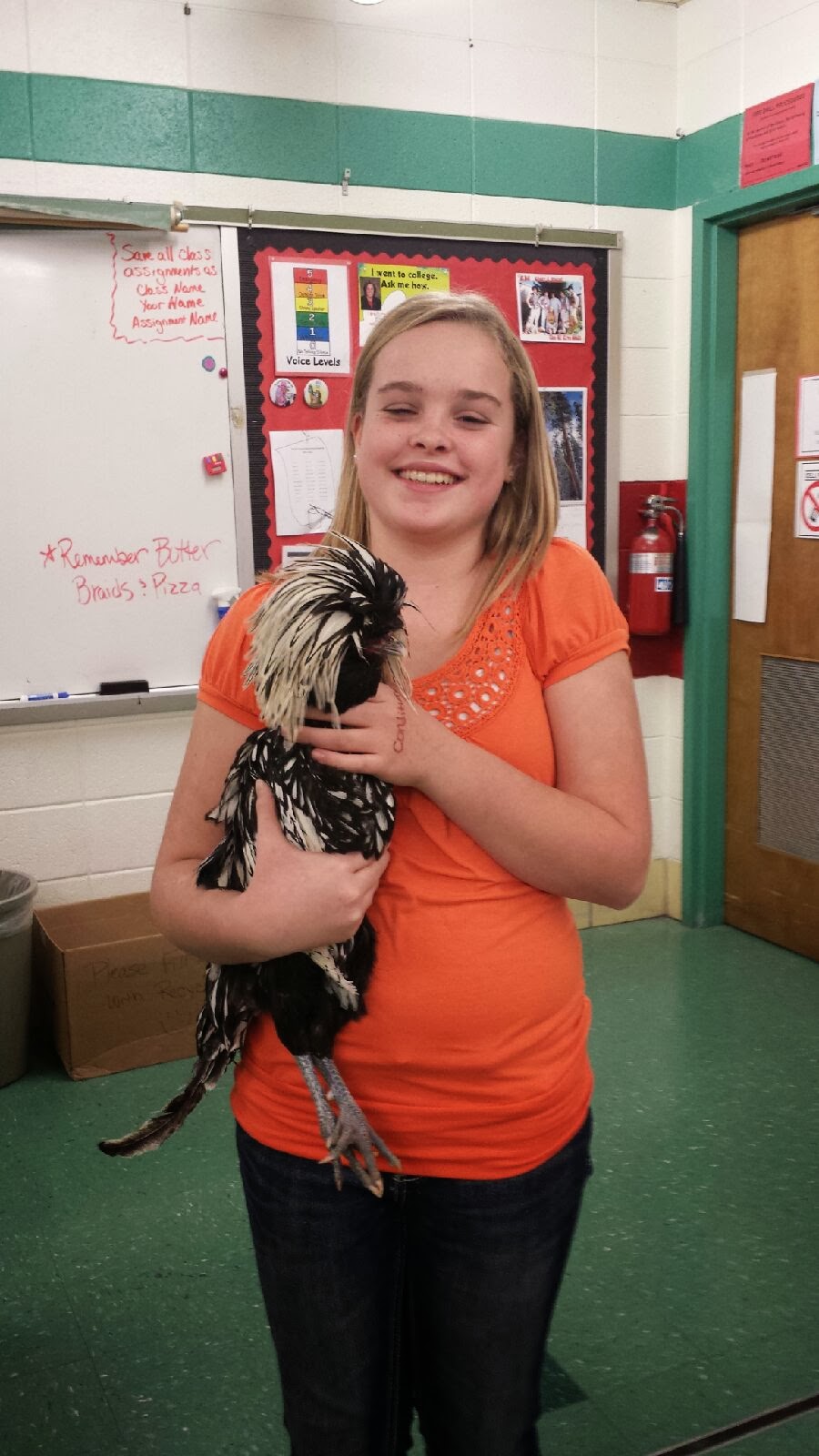You may recall that all of our hay floated to the lowest
corner of the property at the end of June. And there it lay in thick mats ever
since. My idea was to use the event as a way of smothering the weeds so I could
begin my prairie restoration. I took workshops at the Conservation District to
get up to speed on the current thinking. I learned that it was best to seed in
November, and that burning is helpful in removing invasive species. Prairie
species have adapted to burning by having their crowns below ground. Invasive
species have them above ground and are susceptible to damage by fire. I learned that early restoration efforts
included far too much grass seed. In the absence of grazing Indian grass and
big bluestem pretty much take over all the forbes. It’s impressive to see those
solid stands of tall grass. It’s just not very diverse.
November came. I had to get on the stick or the opportunity
to use the hay disaster as a natural experiment would pass me by. I got out my
long tape measure and estimated the area as 85’ x 240’. 20,400 square feet.
Half an acre. I took a deep breath and went online to a popular supplier of
native seed. I found a premium seed blend, which included a hundred species and
a seeding rate of 166 seed/sq. ft. It include several different grasses at less
than 3% each. This blend follows the preferred strategy of just putting out a
whole lot of different seeds and letting the seeds decide if the site is
appropriate. The price of it took my breath away. I knew it was going to be expensive.
Native seed has to be harvested by hand. Still, it was over budget. I opted for
¼ acre of the premium mix and ¼ acre of the cheaper, less diverse sedge meadow
mix. The area already has sedge growing in it, leading me to believe that it
may have been sedge meadow back in the day.
The seeds arrived two days later. And I was worried that I
had waited too long. Now all that remained was to get the site ready by burning
the hay. That sounds trivial, doesn’t it, “all that remained.” Terry, bless his
heart, finally got on board with the whole restoration concept and started
clearing a fire break. I finished grading the Dreaded Lab Papers early Saturday
morning and went out to help. Armed with pitchforks, we loaded the wet, heavy
hay into the bucket of the tractor. Terry drove the load to the back of
property to dump it on the reed canary grass at the west side of the field. Meanwhile,
I raked the pile together and turned the edge up so it would dry and hopefully
burn better.
 |
| Terry heads off with a load of hay |
 |
| The end of the row of hay we were picking up |
 |
| Terry takes the last load |
We worked from 10:00 until 3:50 with a one hour break at
lunch time. We took a half hour break and decided to torch it. Before we got
started, I worried that it was too winding. Once Terry put the torch to it, I
wished the wind was stronger. It was a slow burn. Still, the north side of it,
where the hay was not as deep, went pretty well. It only took an hour or so for
the fire to go over the whole area. Terry stayed on to poke at the smoldering
piles and be sure it “wasn’t going nowhere,” as he is fond of saying. I was
back in house at quarter to six to make supper.
 |
| Terry watches the fire (I'm calling this picture "art" even though it is the result of having my camera accidentally set for no flash.) |
During the burn, we thought we were getting rid of maybe
80%. In the light of day this morning, we revised that to about 30%. Oh well. I
finished up my kitchen chores and hauled my sore body out to work on turning,
fluffing, and stacking the leftover hay. “Make a lot of little piles,” Terry
said. His point was to not get the piles too large, but it turned out that “a
lot” was the operative phrase. We stacked hay until noon. Terry then discovered
that he didn’t have enough pressure in the propane tank to operate his torch.
So he went to town while I raked, turned, and stacked.
 |
| After the burn |
 |
| Making a lot of little piles |
We burned until 1:30, then went inside to shower and get
ready for guests at 2:00. Terry went back out after dinner. I stayed in to help
entertain and also because it felt pretty good to sit down.
Terry will continue working on it this week. If all goes
well, we can be ready to seed next weekend.
Meanwhile, the girls are done molting. Egg production is
going up again. Ingrid looks presentable. Ina’s beard has grown back.
 |
| Ingrid (left) in full plumage. Ina (right) shows off her new black beard. Sara hangs out in the front. |












